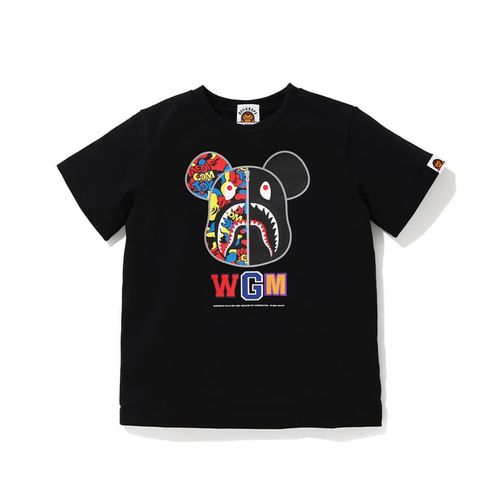The fashion industry chain covers multiple links such as clothing design, production, sales and consumption, and behind it lies complex and sophisticated clothing technology. The following are some interpretations of the clothing craftsmanship behind fashion:
1. Fashion design:
– Design creativity: Fashion designers pass Research on fashion trends, consumer needs and brand positioning to create unique clothing design ideas.
– Hand-drawing and computer-aided design: Designers will create clothing design drawings by hand-drawing or use computer-aided design software, and determine the style, pattern, and details of the clothing.
2. Fabric selection:
– Fabric development: Designers select appropriate fabrics based on design needs. Fabric suppliers are responsible for developing novel fabrics to meet various design requirements, including texture, gloss, softness and breathability.
– Material procurement: Fabric suppliers are responsible for purchasing different types of fabrics, such as natural fibers (such as cotton, silk, wool), man-made fibers (such as polyester fiber, nylon) and blended fabrics.
3. Pattern making and cutting:
– Pattern making: The pattern maker makes a pattern according to the design drawings and the size and cutting requirements of the garment. Paper pattern template.
– Cutting: Cutting workers cut the fabric into corresponding shapes and sizes according to the paper pattern template to prepare for subsequent sewing work.
4. Sewing and processing:
– Sewing process: Sewing workers use sewing machines and hand sewing skills to splice the cut fabrics on Together, complete the basic garment structure.
– Decoration and jewelry processing: Depending on the design requirements, a variety of processing techniques may be required, such as embroidery, applique, printing, hot stamping, washing, etc., as well as adding accessories such as buttons, zippers, buttons, and interlinings.
5. Quality control and inspection:
– Quality inspection and testing: During the production process, strict quality inspection and testing are carried out , to ensure the quality of clothing and compliance with standard requirements.
– Correction and adjustment: If any quality problems are found, timely correction and adjustment are required to ensure the high quality of the final product.
6. Sales and consumption:
– Sales channels: Fashion brands sell through their own stores, online e-commerce platforms, and lifestyle shopping Clothing is sold through various channels such as centers.
– Consumer choice: Consumers choose appropriate fashionable clothing to buy and wear based on their own preferences, styles and needs.
Through such an industrial chain, fashion has formed a complete process from design to production to sales. Each link requires professional talents and exquisite skills. skills, jointly promote the development of the fashion industry.





